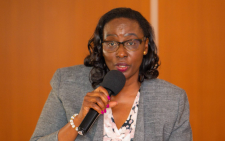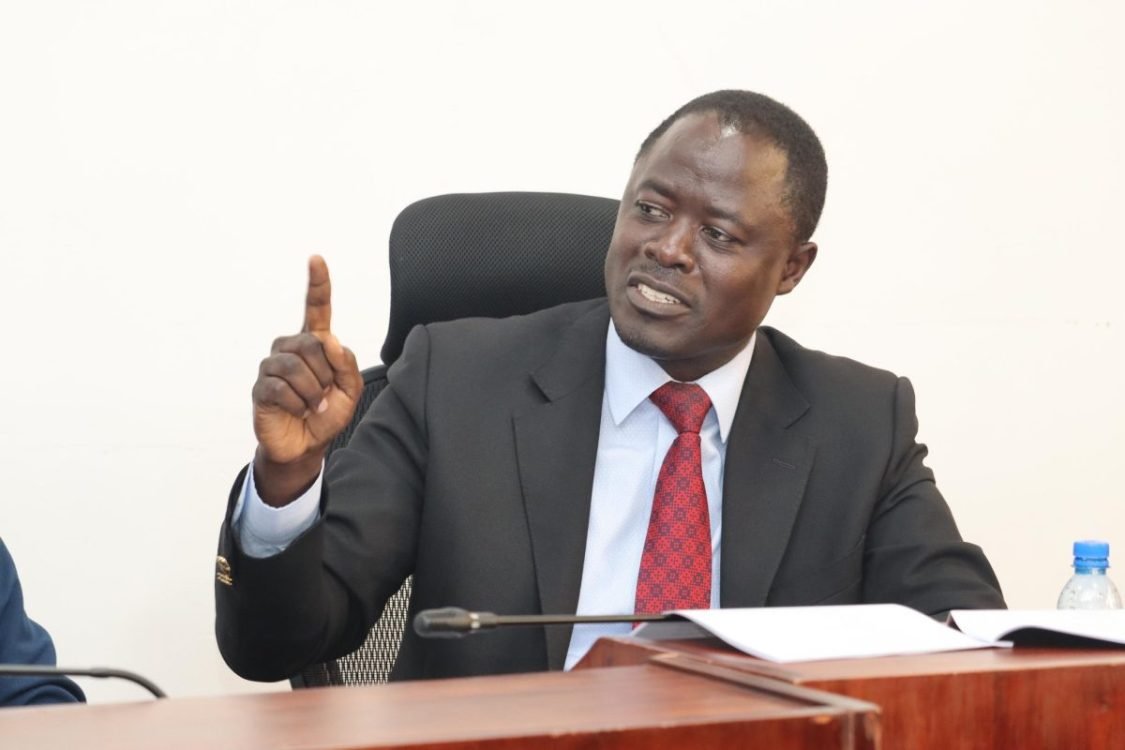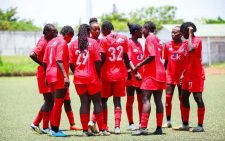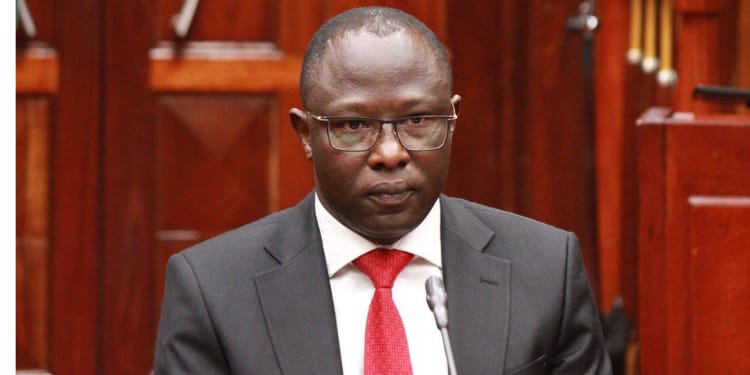Helping schools envision safe designs for the Covid era
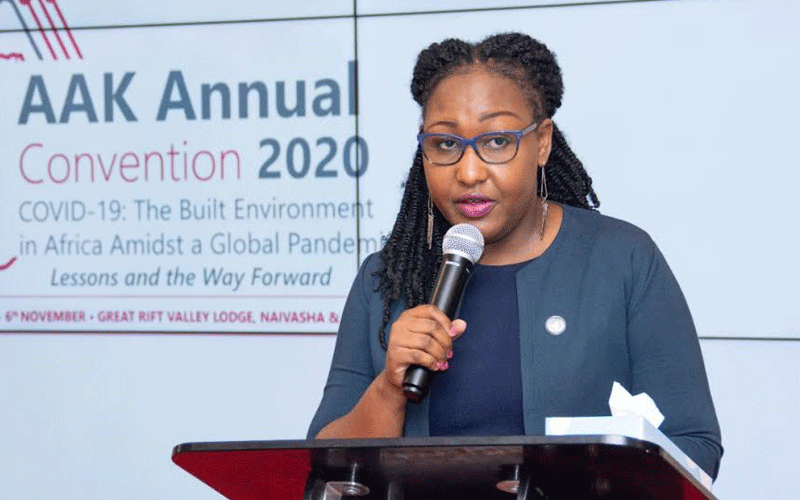
Covid-19-related hygiene and social distancing norms in schools are exposing a range of systemic problems with school infrastructure across the world.
As the government of Kenya prepares to fully reopen schools next month, there is need to put in place measures that will create a healthy and safe environment for learners and staff in the school environment.
“When and how to reopen schools are two of the toughest and most sensitive decisions on political agendas today,” observes the President of the Architectural Association of Kenya (AAK), Mugure Njendu.
“Is it safe to reopen schools or is there a risk of reigniting infections? What are the consequences for children’s mental health and to the social development of young children?”
It is against this background that the AAK has formed a safe learning taskforce whose key mandate has been to look at infrastructure and space planning provisions for educational institutions towards preventing transmission of Covid-19 when schools reopen.
Among its initiatives, the taskforce has released its first edition of the safe learning handbook titled SafeLearning Post-COVID-19 detailing a set of proposed guidelines for the safe reopening of schools.
Chair of the Safe Learning Taskforce James Odongo notes that Covid-19 related hygiene and social distancing norms in schools are unearthing a range of systemic problems with school infrastructure across the world.
“Water shortage, poor sanitation and overcrowded classrooms seem difficult to overcome in the short term for an immediate response,” Odongo, who is also AAK’s Research and Advocacy Manager, states.
Education has been hit hard by the pandemic, states the handbook,with 1.53 billion learners out of school globally and 184 country-wide school closures, impacting 87.6 per cent of the world’s total enrolled learners.
With 10 million learners in primary schools and over three million in secondary schools, the average population per school translates to about 311 for both primary and secondary schools.
This works out to a class size of 39 and 78 for primary and secondary schools respectively.
“Currently, we have about 258,752 and 41,852 classrooms in primary and secondary schools respectively,” Njendu states.
“To safely reopen the schools with a class size of 20 learners per class, both the public and private sectors would need to build and commission about 245,000 new classrooms for primary schools and an estimated 122,000 new classrooms for secondary schools.”
From the statistics, the AAK President infers that Kenya would need a ballpark figure of Sh400 billion to build and equip additional learning spaces to accommodate 20 learners per classroom in primary and secondary schools.
Citing the Covid-19 Global Education Coalition, launched by the United Nations Educational, Scientific and Cultural Organisation (UNESCO) in March 2020, as well as the Ministry of Education’s Guidelines on Health and Safety Protocols for Reopening of Basic Education Institutions amid Covid-19 Pandemic, the handbook outlines a set of legislative protocols necessary for the safe reopening of schools.
Among the issues addressed in the legislative framework include stakeholder involvement at the grassroots and county level in the redesign of learning spaces, set up of infrastructure to monitor and control entry into learning spaces, classroom sizes, air quality and ventilation, bio waste disposal, food service, hygiene and sanitation, school transportation and special needs education, among others.
Citing the Ministry of Education guidelines, the handbook proposes installation of spigots (a tap) for each classroom, as well as hand washing facilities made available at strategic points within the school, including at the gate, dining facility, dormitory, library, laboratory entry points, transport hubs and playgrounds.
It further requires schools to provide passive air exchange and ensure adequate ventilation levels through well-sized and openable windows and roof ventilators.
To enhance air quality in learning spaces, the handbook cites the occupational safety and health advisory on Coronavirus, which requires dust control through provision of hard and soft landscaping.
“Some of the open fields that would be proposed for use as classrooms do not have grass as it may be seasonal or does not grow in the school compound,” observes the AAK handbook.
Schools should be supplied with incinerators of World Health Organisation or the Ministry of Health standards or have a pit that is disinfected daily for disposal of used Covid-19 and clinical waste, with protocols put in place for disposal of bio waste.
“Lined waste collection dust bins placed at various designated areas must be pedal ones,” the handbook states.
“Additional washrooms and waste disposal facilities will have to be made considering the fact that majority of the government schools do not have adequate facilities.
The number of pupils have increased, but the facilities used remain the same”.
It adds that a classroom should be sized at 30 square feet per student, to align with the International Building Code’s prescription of a minimum of 20 square feet per student.
Additionally, teaching should be conducted in shifts during a pandemic, with 60 square feet per student.
Adjacent classrooms can have an openable partition that would create a larger space for controlled group work, food service and keeping the students who interact together in one space. Locally available materials can be used for acoustic purposes.
Furniture modification should also be considered. “It is not feasible to do away with all the existing furniture to acquire new covid-19 friendly furniture,” AAK states in the handbook.
“Most schools already lack adequate equipment. Modification will go a long way to help with shortage from the proposed arrangement.”
Children may have to be given permanent sitting arrangements, especially where learning is proposed in indoor facilities.
In some indoor settings, some openings – especially windows – may have to be modified to help with air circulation in and out of the classrooms.
For the boarding guidelines to be followed, the schools may need to consider hiring matrons for each hall of residence to permanently reside with the students for supervision. This may necessitate additional provisions to accommodate them.
The handbook further proposes the formation of oversight partnerships between various stakeholders.
The Government should consider partnering with the local communities on supervision of the children, especially on their commute to school.





